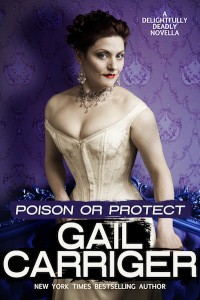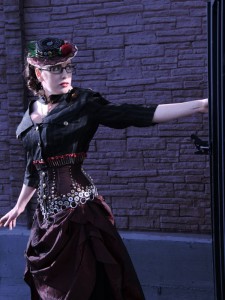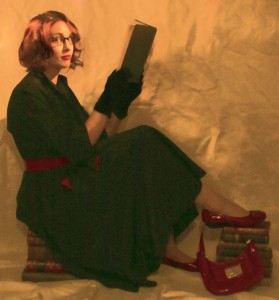There’s a moment in Peter Bagge’s immortal Gen X soap opera comicbook Hate¹ where a character says “That need to reclaim a dusty corner of your youth can be overwhelming at times.” Even when I first read that in my late 20s, the truth of the statement seemed obvious; and of course the need only gets stronger as time goes by and your youth recedes into the distance.²
And those corners can be pretty dusty. Today, for the third time, I bought a copy of Richard Laymon’s Dark Mountain (1987). My introduction to this book now seems archaic, although it was fairly typical of its time. When I first read Dark Mountain, in 1988, horror novels made up the bulk of my reading. If I’d had to name my favourite writers at the time I would, without much hesitation, have listed four main ones, in any order; James Herbert, Stephen King, Clive Barker and Shaun Hutson, although I had an open mind about anything that looked gory.
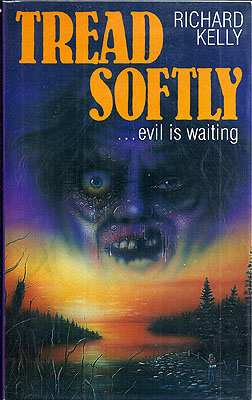
Like Dark Mountain itself, this is a very 80s story. When I first heard of the book, it was called Tread Softly and nominally by “Richard Kelly”, a pseudonym that Laymon mysteriously (to me at least) used to write several novels of exactly the same type and in exactly the same style as the bestsellers he was known for. His most famous novels are probably The Cellar and The Beast House. I’ve never read either of those, but they are worth mentioning because both titles are invariably appended to the phrase “Richard Laymon, author of…” in my memory³; I read the blurbs on at a lot of books back then.
I first came across Tread Softly via a negative review – oddly, not the only time I’ve been intrigued enough by a bad review to check something out – in FEAR Magazine. FEAR was an invaluable resource (that is, “a good magazine”) for horror fans such as myself in those pre-internet days and the review obviously made an impression on me. I remember with apparent clarity (but possibly not accurately, I don’t have my FEARs anymore to check, alas) that the writer referred to ‘lashings of teeny sex’ (the selling point to teen-me I would imagine) and concluded with ‘…a downbeat ending. Does nothing for the genre.’ That last phrase makes me think that the reviewer may have been FEAR editor John Gilbert, whose concerns with literacy, imagination and quality pushed me towards writers like Clive Barker, Ramsey Campbell and Nicholas Royle, where my instincts might have led me more towards Guy N Smith and – of course – Tread Softly.
But it was one thing to read a review and see a cover picture (another selling point) in a magazine – how to get hold of the book itself? In a way, this was possibly even easier then than it would be now for a young teenager with no money; I simply asked for it in my local library. Within a few days, I had my clammy adolescent paws on the WH Allen UK hardback copy of the book, its dust jacket pristine beneath the clear plastic protective cover. I remember distinctly that mine was the first stamp on the card, which was obscurely pleasing.*
* I’m sure this statement will be mysterious to some younger readers; oh well
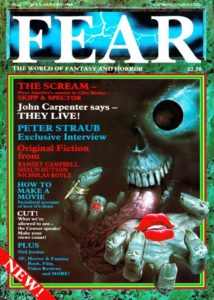
As that detail suggests, this whole story is one of those memories that is far more vivid than it has any reason or right to be.⁴ There was no real frisson involved and I had no sensation of forbidden fruit. In fact, I’d already read far more extreme things, such as Shaun Hutson’s Spawn, borrowed from the same library, which to this day is one of only two novels to ever make me feel physically queasy. I got over it though. With the other one, Bret Easton Ellis’ American Psycho, I haven’t yet and hope not to. But anyway, it was exciting. The cover by Danny Flynn was eye-catching, and extremely typical of its era – partly, it turns out, because Danny Flynn painted lots of the covers that define the 80s for me, including the several key Shaun Hutsons. It still looks a million times better than the style-less and boring edition I bought today.
Part of the excitement was no doubt because of the resemblance the 80s Tread Softly bears to the artwork of the thousands of alluring, generic slasher movies that then lined the shelves of video shops. It might be worth mentioning for younger readers, that video (rental) shops then existed in any town bigger than a small village and even in small villages, the local ‘convenience store’ would usually have at least a couple of shelves of videos. These films were all the more alluring because at that point, they were still beyond my grasp. It was odd to me then and still seems odd to me now, that aged 13 or 14 I could buy, borrow and read – without any adult objection beyond the odd funny look – books about any kind of violent or depraved act imaginable (which was good), but I couldn’t rent even the lamest, often almost bloodless Friday the 13th clones that were a staple of 80s horror cinema and which – surely – had little appeal to the over-18s they were in theory restricted to. In fact, the ideas in both those movies and most of the books I was reading were deeply conservative and (especially in the films) relied on equally conventional reactions to them for what little shock value they had. And in fact, Tread Softly was – and Dark Mountain remains – more like an 80s teen horror movie than any other book I’ve ever read.
Both the story – two families, both with sulky teenage children, go on a camping trip in the wilds of California, where they are terrorised by a “swamp witch” and her depraved idiot son – and the structure of the book feel deeply indebted to the standard slasher movie. There’s a brief, establishing but fairly restrained prologue (couple attacked in tent), then the introduction of the families and the tensions within them, before the vacation – and the horror – begins. It’s joyfully formulaic; the women examine their naked bodies critically in mirrors for the reader’s benefit, the men are ‘rugged’ and clear eyed, teenage boys are ‘athletic’, teenage girls have ‘smooth curves’ and pout sulkily – and therefore extremely predictable. As with films though, you can get away with any number of well-worn formulae as long as the execution isn’t boring. Tread Softly was rarely boring but, more surprisingly – by Shaun Hutson standards at least, and like the standard slasher films it mimics – it wasn’t all that bloody, really.
The narrative is perfunctory, as one would expect. The group goes camping, the idiot son attacks them, is killed and the witch tries to avenge him, all against a backdrop of hot, insect infested summery swamps and simmering teenage hormones. The ending – spoiler alert I suppose – is, as that reviewer noted, kind of downbeat, but only in the bathetic sense that it’s actually upbeat. It’s unexpectedly, uncomplicatedly happy and harmonious and lacks that final, punchy, unexpected-expected twist that a film would surely have had. But teenage me found it wholly satisfactory. In fact, I found the whole sentimental, nasty adventure extremely enjoyable. It may not have done much for the genre, but it did something for the part of me that also enjoyed and still enjoys Friday the 13th Part 3 and Police Academy 5: Assignment Miami Beach more than many obviously ‘better’ movies. Clearly, when I read the bad review that lured me towards Tread Softly, I didn’t want it to be “good”, I wanted it to be exactly what it is; trashy and titillating and simplistic, and – with no insult to Laymon intended – it didn’t disappoint me.
I didn’t buy the book at the time, but oddly, although much better books (back then this would have meant things like IT, Weaveworld, Domain and Victims) and theoretically very similar books (Rex Miller’s Slob springs to mind) came along, I never forgot Tread Softly. Why the appeal? No doubt it had something to do with the teenage protagonists and my own adolescence. That conservatism – the (mildly) dysfunctional families pulling together and defeating the threat, the teenagers pairing off as the reader is supposed to want them to, the arrogant characters becoming humble, the insecure ones finding their courage and all being well with the world, blah blah – has a deep appeal to even cynical teenagers. The formula of the teen horror movie – even the twist ending that Tread Softly strangely lacks – weren’t only there to sell more, similar movies. The comfort of the familiar, the ‘safe scare’ is a huge part of the appeal of the genre to a young audience. As one gets older, that appeal fades (I find at least), but, from browsing in bookshops (I still usually have a quick look at the horror section) it would appear that the ‘young adult’ wing of horror fiction (now very much a specific subgenre) seems to be in healthier shape than horror as a whole.
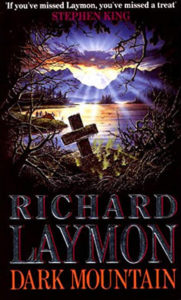
I’ve read a few other Richard Laymon books as an adult, but although they were essentially very similar to Tread Softly, they were enjoyed (albeit to a lesser degree) and then almost immediately forgotten. But then, I didn’t read those when I was 14. But. At some point in the late 90s, I nostalgically bought Tread Softly itself in a charity shop, and though I found it sillier than it had seemed before, it remained just as enjoyable and – far more unexpectedly – my emotional attachment to the hackneyed story and the sketchily drawn characters (or to my 14 year-old self?) remained intact. But – annoyingly – it was an original Richard Kelly edition – I didn’t bother to keep it. Then, in the early 2000s, I ended up buying a copy of Dark Mountain. The title was wrong, the cover was wrong, but the book was still very much right. And then I let it go again; like it though I do, it never feels like a priority when having a clear-out. Now, inevitably, I have bought it once more; seeing it, even in its inferior form, brought back the memories; of the book, of the library, of that bad review. And, having started re-reading it, the magic, more mysteriously than ever, is still there. This time it has the dubious bonus of being paired with an earlier Laymon novel, Beware! With fairly low expectations (I didn’t read that when I was 14 either), I’ll give it a go.
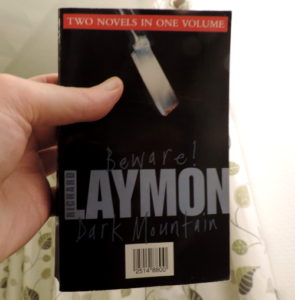
**** 2021 Postscript****
Now, in the midst of a pandemic that the 14 year old me would have thought was like something out of a horror novel, although a surprisingly boring one, perhaps by Dean Koontz, I finally possess the classic 1988 Richard Kelly edition again. Finally, because this time I feel like I’ll probably keep hold of it; but who knows?
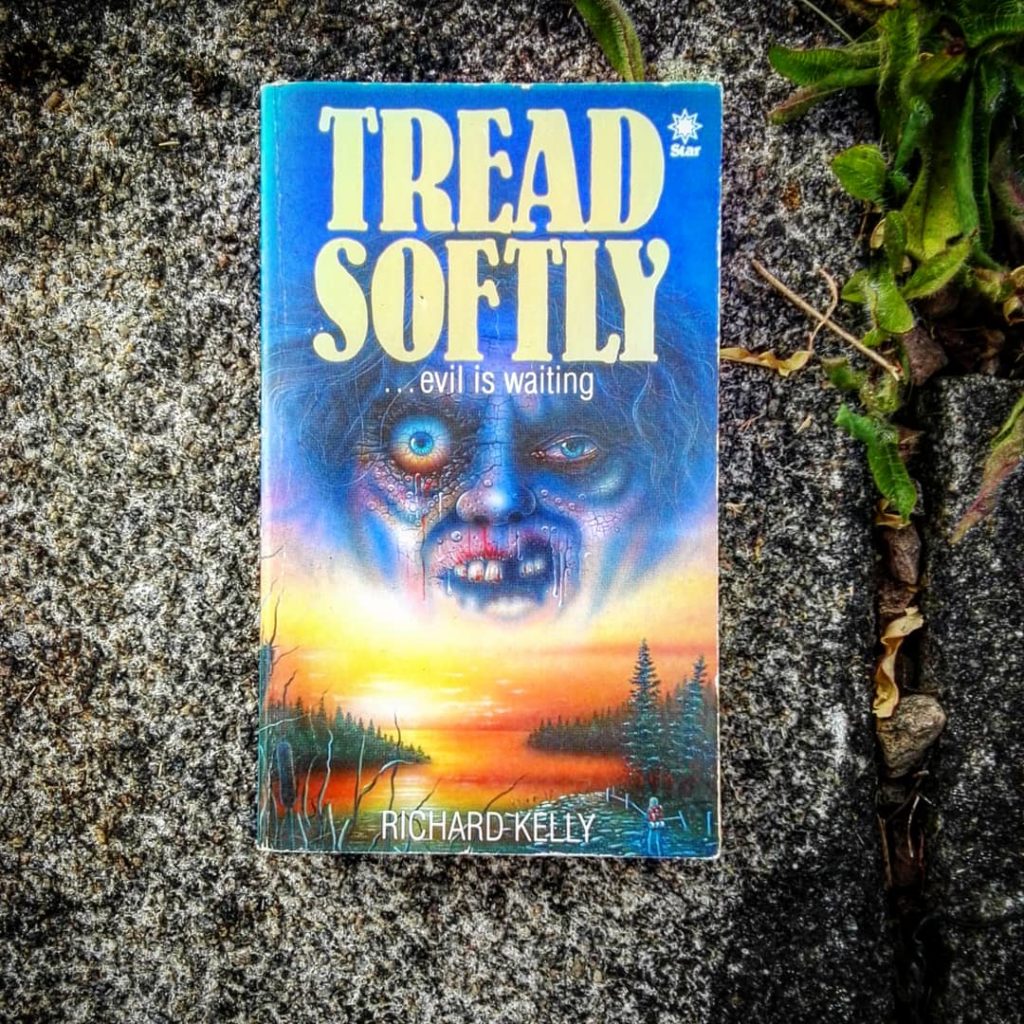
¹ That moment, fact fans, is in the bottom left hand panel on page 24 of Buddy Go Home! Vol IV of the complete Buddy Bradley Stories from Hate (Fantagraphics Books, 1997)
² There are several good articles about this and related subjects on the blog Into The Gyre, most recently this one
³ See also Burt Hirschfeld, “author of Fire Island” (not read) and Guy N. Smith, “author of Night of the Crabs” (read and liked)
⁴ Another pointlessly intense memory from the same period – essentially a memory of sitting in a room not doing much – was awoken in a Proustian kind of way recently by hearing the intro to Alice Cooper’s classic late 80s comeback single ‘Poison’ in a cafe
Further Reading; Paperbacks From Hell by Grady Hendrix is an excellent & highly entertaining book that’s well worth a look for any fan of 80s horror fiction, or anyone nostalgic about it

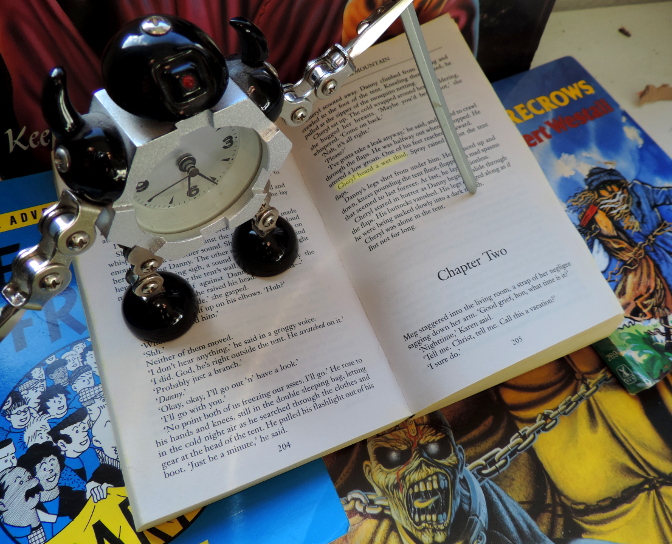

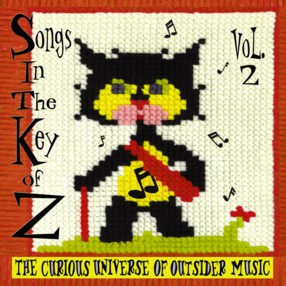

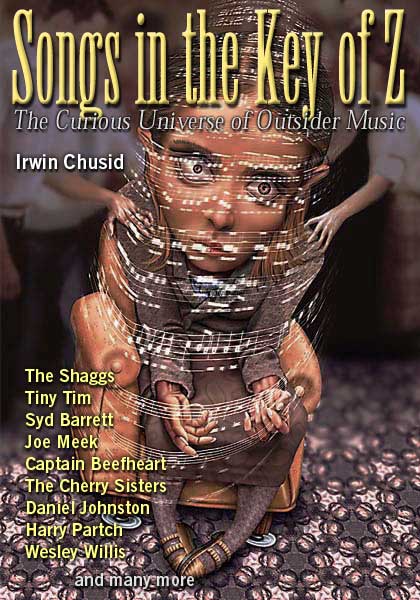 of literature on outsider music, but for a highly readable and well-researched overview, Irwin Chusid’s
of literature on outsider music, but for a highly readable and well-researched overview, Irwin Chusid’s 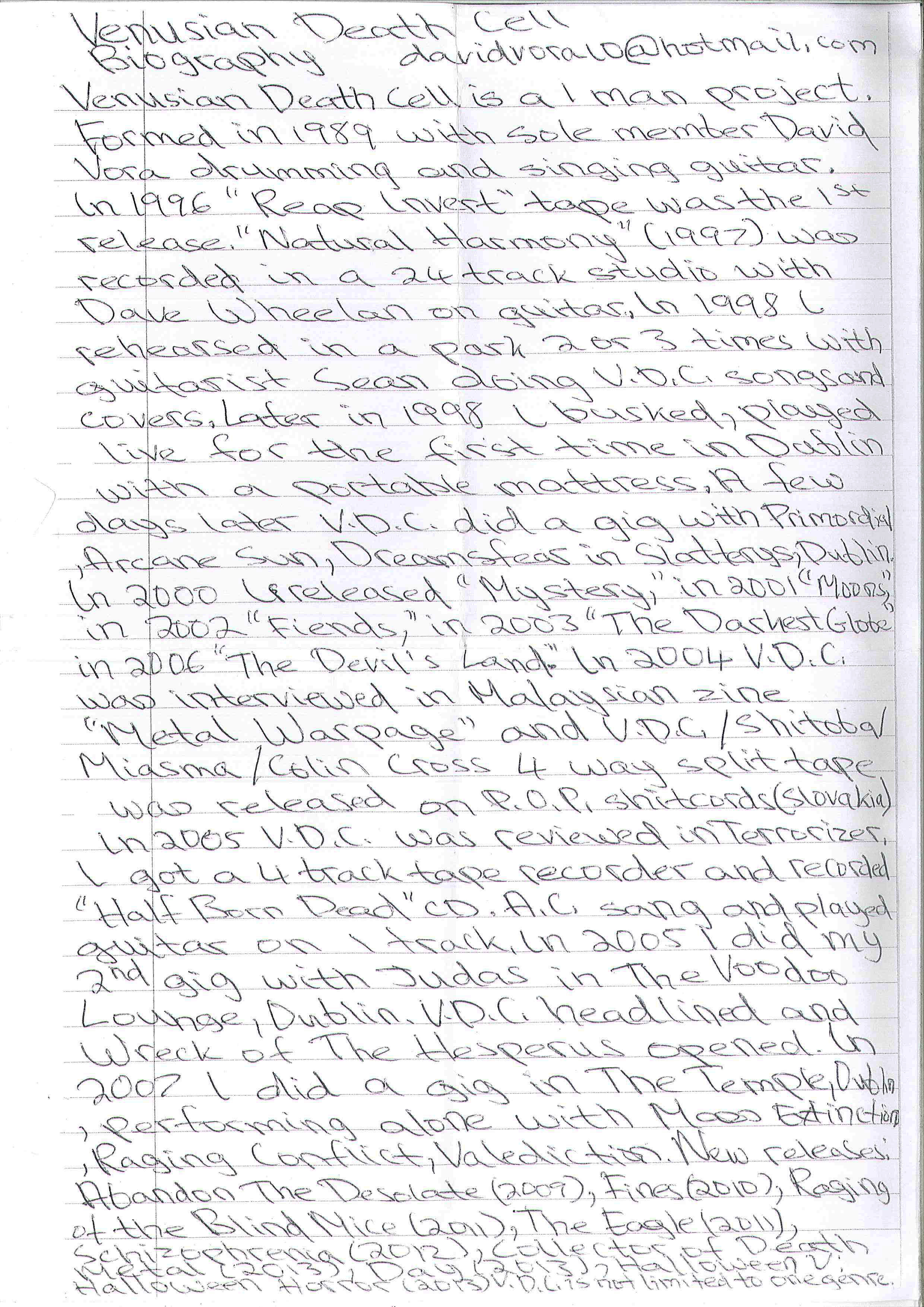
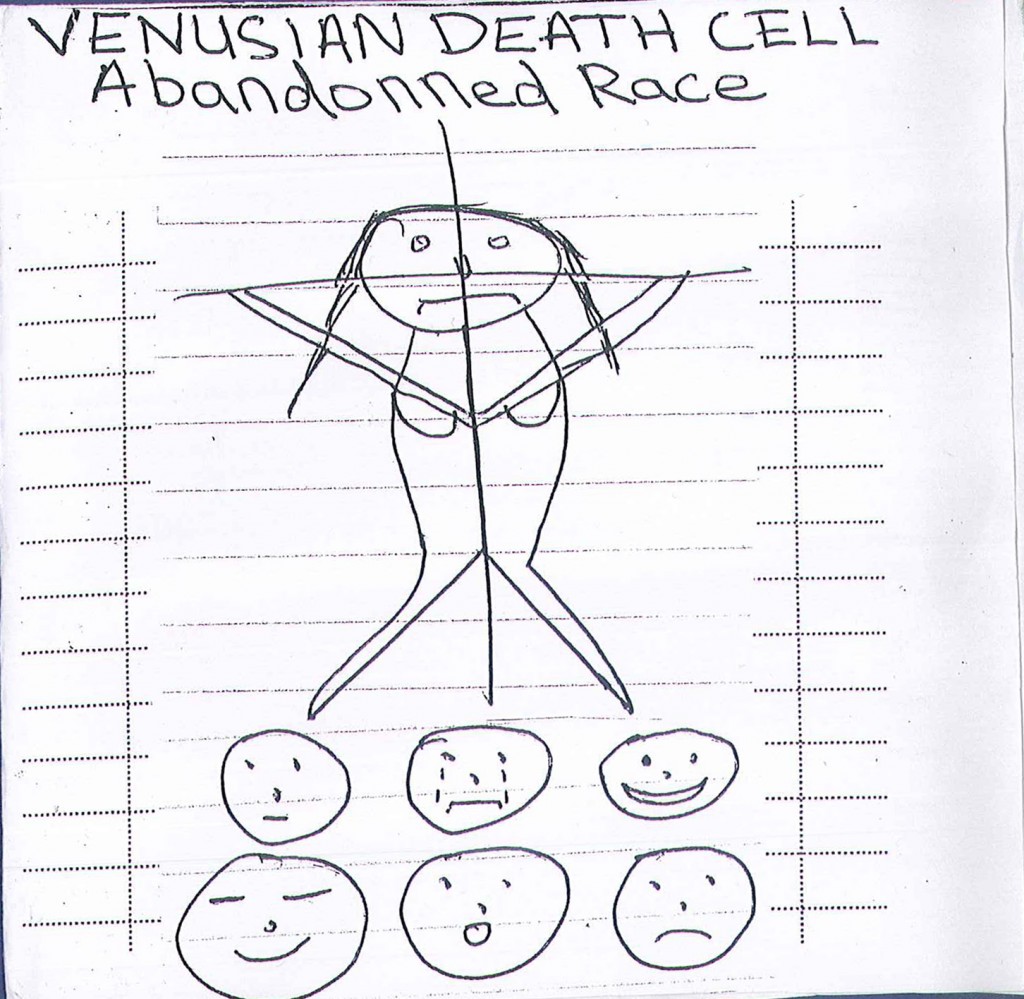
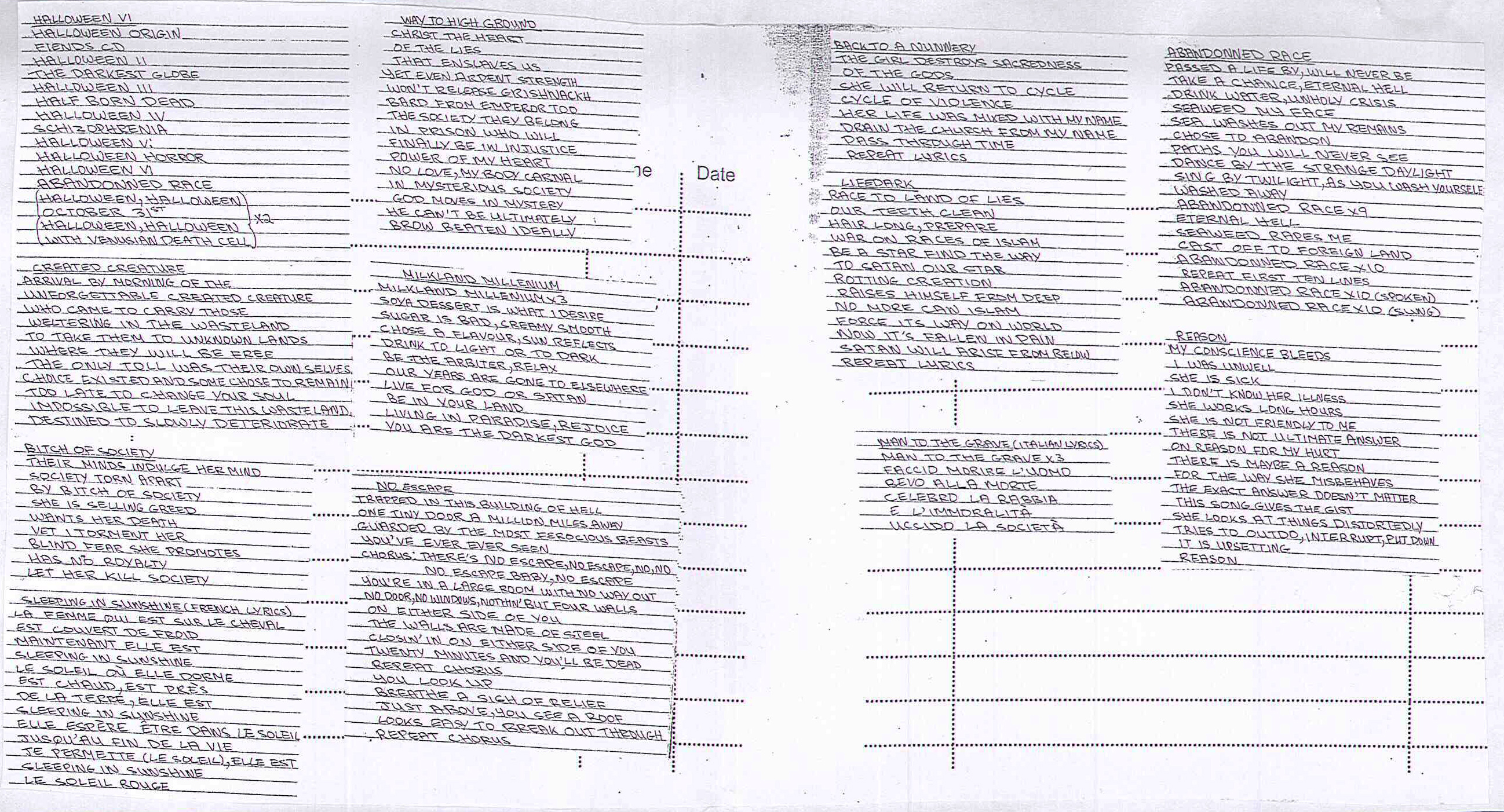
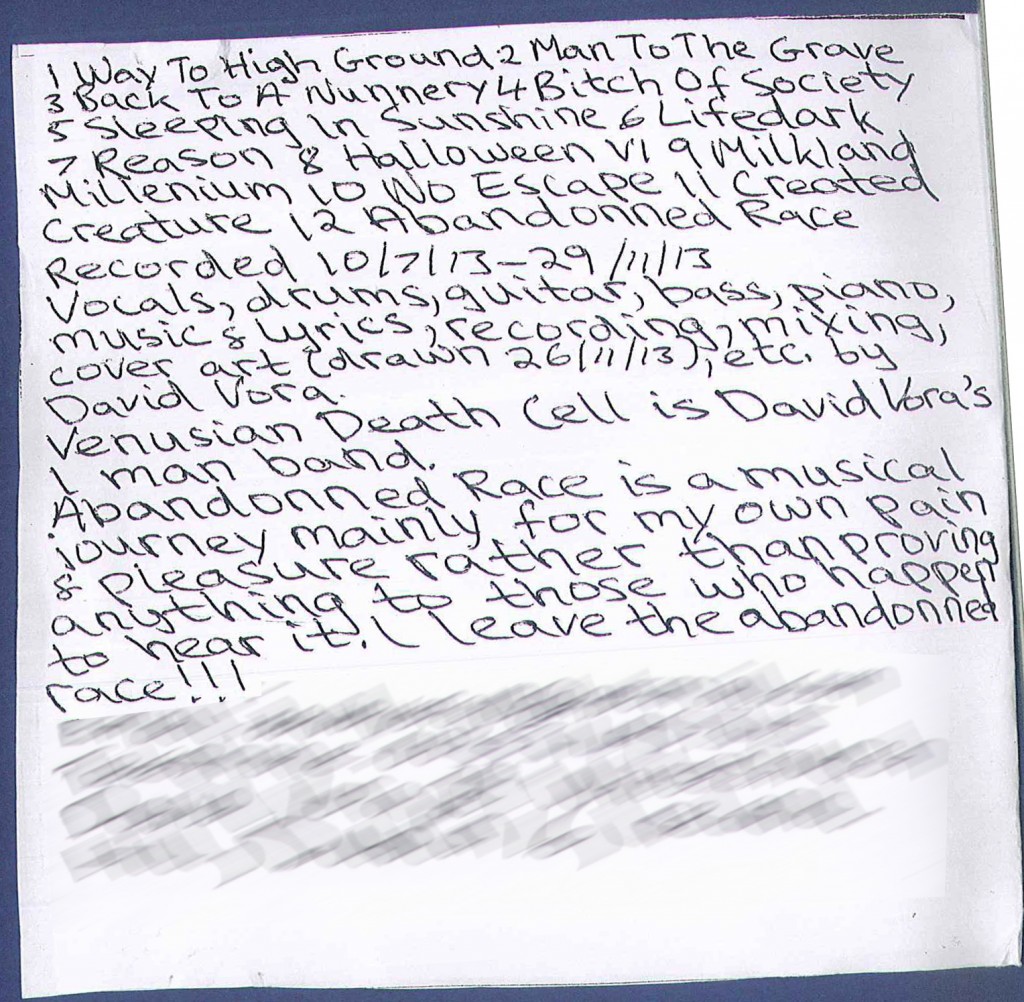

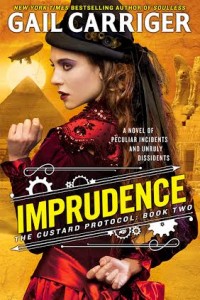
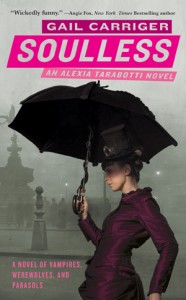 Soulless wasn’t Dawson’s Creek with vampires; the supernatural characters were, as with most modern/post-modern fiction, given a similar complexity to their human counterparts, but Carriger goes further, weaving the supernatural/natural worlds together in an ingenious yet extremely logical and historically-informed way. Part of what makes this so successful is that she placed her characters in a parallel version of the Victorian era, creating a society where vampires and werewolves, without sacrificing their predatory nature, exist alongside their mortal contemporaries as yet more finely nuanced layers in the already-complicated social hierarchy of Victorian Britain. If the Victorian era represents the height of the British preoccupation with social class and proper manners, these become even more crucial in Carriger’s world, where the correct way to interact with social superiors/inferiors includes people, possibly on both sides, whose politeness is the only thing preventing them from drinking your blood/eating you.
Soulless wasn’t Dawson’s Creek with vampires; the supernatural characters were, as with most modern/post-modern fiction, given a similar complexity to their human counterparts, but Carriger goes further, weaving the supernatural/natural worlds together in an ingenious yet extremely logical and historically-informed way. Part of what makes this so successful is that she placed her characters in a parallel version of the Victorian era, creating a society where vampires and werewolves, without sacrificing their predatory nature, exist alongside their mortal contemporaries as yet more finely nuanced layers in the already-complicated social hierarchy of Victorian Britain. If the Victorian era represents the height of the British preoccupation with social class and proper manners, these become even more crucial in Carriger’s world, where the correct way to interact with social superiors/inferiors includes people, possibly on both sides, whose politeness is the only thing preventing them from drinking your blood/eating you.